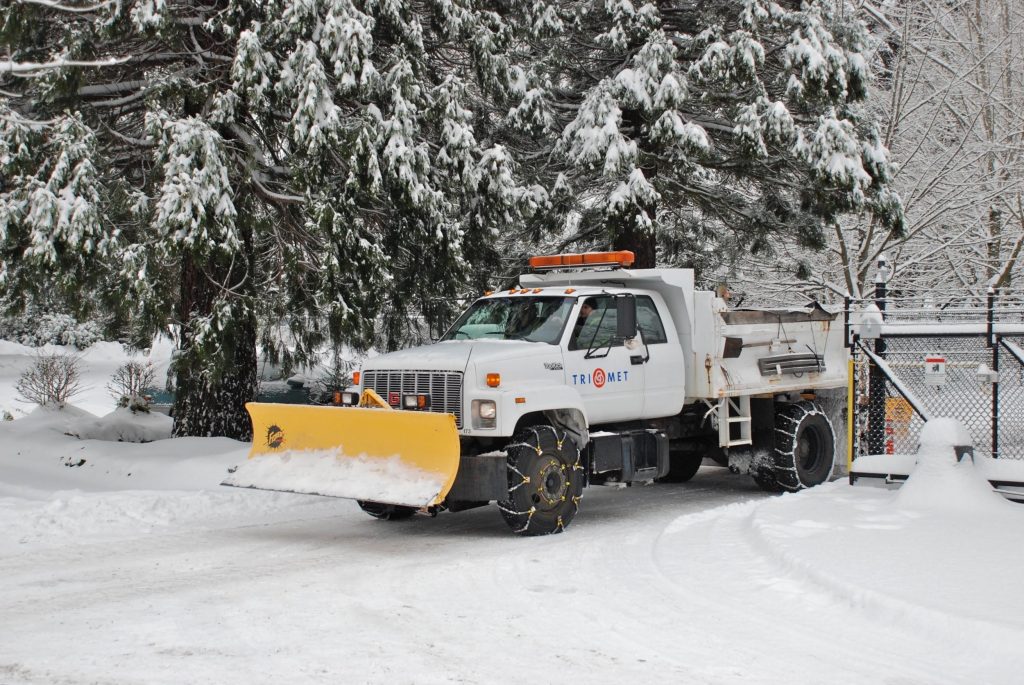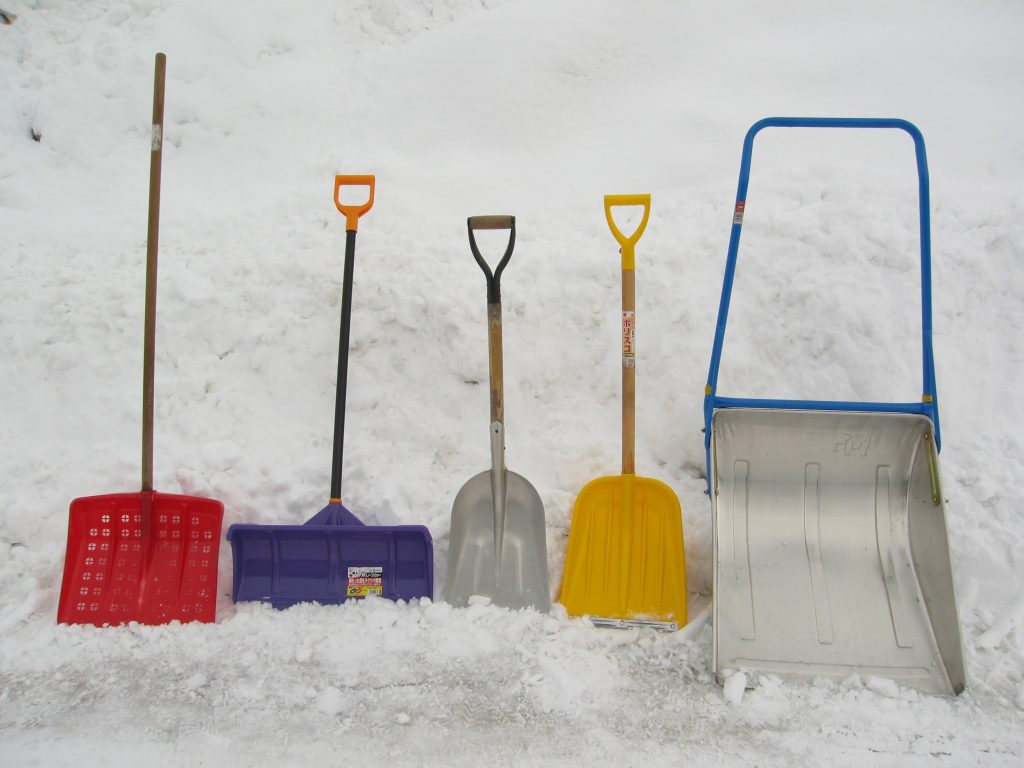InTrans / Dec 12, 2016
Breaking Point: Traversing a winter wonderland
Go! Magazine
 posted on December 12, 2016
posted on December 12, 2016
How does transportation play a role in our survival?
Almost every region in the country experiences some sort of severe weather. Whether it be hurricanes, tornadoes, earthquakes, or snowstorms—it does happen, and it often happens fast.
This month we’re talking about the transportation that takes place at the breaking point—at the heart of the storm, in severe weather conditions across the country. It seems appropriate to start in a “winter wonderland.” Did you know that nearly 70 percent of the US population lives in these snowy regions?
Snow removal and horses
Let’s start at the beginning: How did societies adapt to snow removal before we had modern transportation to rely on?
The first snow plow was deployed in Milwaukee, Wisconsin, in 1862. The plow, attached to a cart, was pulled by “a team of horses through the snow-clogged streets,” according to the National Snow and Ice Data Center (NSIDC).
Over the years to follow, it would be apparent that snow removal was the city’s issue to deal with, and the horse-drawn plow was adopted by other cities. NDIDC notes indicate “the invention of the snow plow initiated widespread snow removal efforts in cities and also created a basis for municipal responsibility in snow removal.” 1

Photo from Wikimedia Commons.
Snow removal and the automobile
In the 1900s, the automobile entered the picture, creating new problems for snow plowing while unveiling new possibilities.
In 1913, the city of New York abandoned the horse-drawn cart after implementing the first motorized “dump truck.” Then, in 1920, in Chicago, the “snowloader,” which was called an “ingenious contraption,” was unveiled. It was equipped with “a giant scoop and a conveyor belt.”

The snowloader is our first glimpse at modern snow removal. As the snowloader plowed, the snow “was forced up the scoop, caught by the conveyor belt that carried it up and away from the street into a chute at the top where it was dropped into a dump truck and packed underneath.”
Then, in 1959, satellites allowed for more accurate storm forecasting and quicker preparation. Today, the effort remains the same—to keep snow off the streets so we can maintain our lives as normally as possible—but the vehicles have improved since the early 20th century. Contemporary snowplows consist of a plow (like a huge shovel) mounted to the front or a moderate- to large-sized truck.2
Help yourself
As much as the community does for us, we need to do for ourselves.

There are specific tips for driving safely in snowy weather. On top of that, you might find it useful to equip yourself and your transportation with tools to keep you safe while making your way from Point A to Point B during the snowier times of the year.
An article published in Popular Mechanics urges drivers to keep (at least) these seven items in their cars this winter: “Snow Socks” (some sort of temporary alternative to snow chains), an independently-fueled phone charger, hand warmers and a wool blanket, LED flashers or flares (to alert other drivers), food and drink, a shovel, and a window de-icer.3
Winter… nightmare?
Driving in the snow is just different than driving on regular pavement, and it’s important for all drivers to understand that. Over 1,300 people die in vehicle crashes on snowy, slushy or icy pavement annually, and more than 116,800 people are injured.
An article associated with AAA—a company that provides emergency roadside assistance to its members among many services—gives a list of tips for driving in the snow on their website. Here’s what it says:
Tips for driving in the snow
- Accelerate and decelerate slowly
- Drive slowly
- Follow people by eight to ten seconds instead of the usual dry pavement distance of three to four seconds
- Know your brakes
- Don’t stop if you can avoid it
- Don’t power up hills
- Don’t stop going up a hill
- Lastly—and most importantly—stay home!
When weather conditions are bad, it’s best to just stay home. Leave the “snow-clogged streets” for our modern snowplows, which pave the way for us to drive when road conditions shape-up. At best, winter weather accidents are a hassle, and at worst, you could end up hurting yourself or others.
When you reach a “breaking point,” just stay cool (no pun intended) and always play it safe.
Citations
- http://www.citylab.com/tech/2012/01/how-we-plowed-plows-were-invented/1055/
- http://www.citylab.com/tech/2012/01/how-we-plowed-plows-were-invented/1055/
- http://www.popularmechanics.com/cars/how-to/a9774/7-things-you-must-carry-in-your-car-this-winter-16157679/
Related links
(Article) 7 Things You Must Carry in Your Car This Winter: http://www.popularmechanics.com/cars/how-to/a9774/7-things-you-must-carry-in-your-car-this-winter-16157679/
History of snowplows/snow removal: http://www.citylab.com/tech/2012/01/how-we-plowed-plows-were-invented/1055/
Winter driving tips: http://exchange.aaa.com/safety/roadway-safety/winter-driving-tips/#.WFeyUTKZPVo
By Hannah Postlethwait, Go! Staff Writer